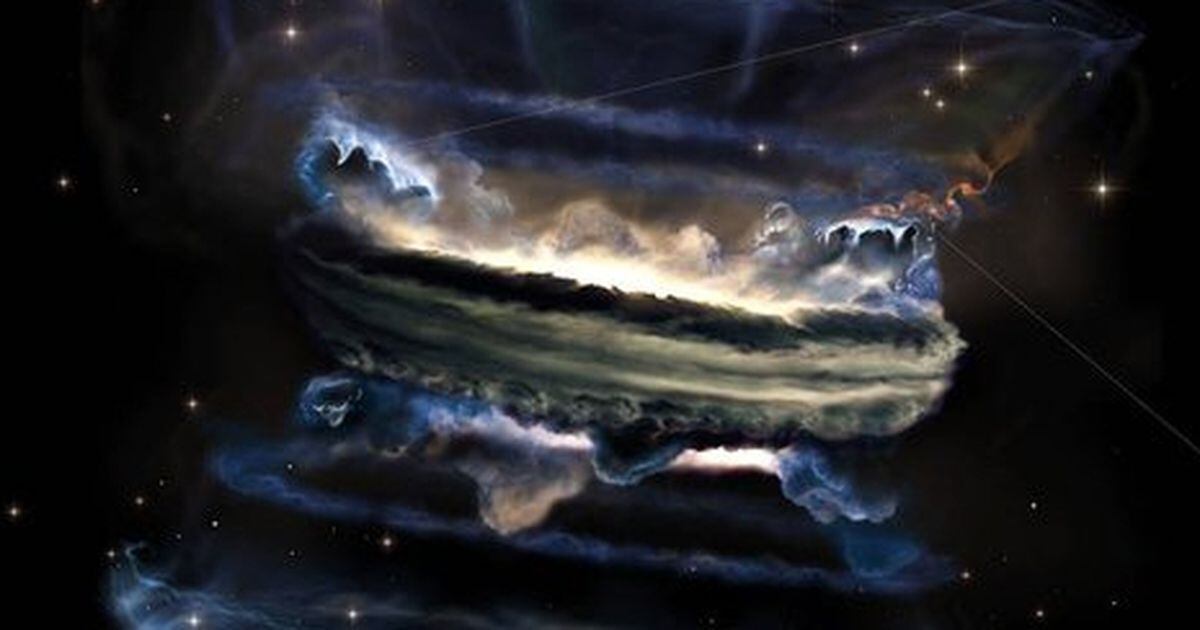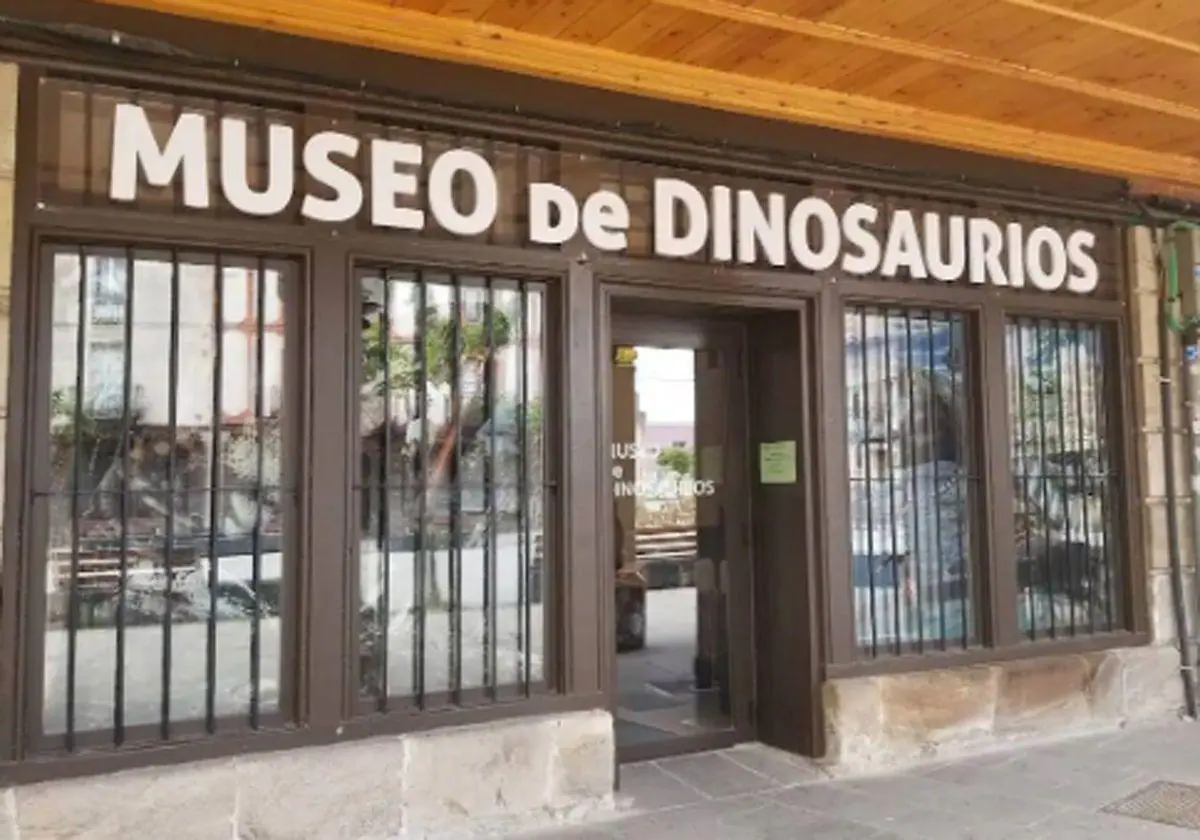Can you imagine a tsunami in space? Structures similar to this phenomenon, but on much larger scales than on Earth, can be produced from gas escaping from the gravitational pull of a black hole.
Using computer simulations, astrophysicists at the University of Las Vegas showed that the mysterious environment of supermassive black holes can host tsunami-like structures, the biggest in the universe.
When a black hole, with a mass greater than a million suns, feeds on material from a surrounding disk at the center of a galaxy, an “active galactic nucleus” is created. But, the plasma that circulates above the disk, far enough not to fall into the black hole, glows in the X-rays.
This X-ray irradiation may explain the presence of several populations of denser regions called clouds. “These clouds are ten times hotter than the surface of the Sun and move at the speed of the solar wind, so they are quite exotic objects that you would not want a plane to fly over,” said lead study author Tim Waters. .
Astrophysicists’ simulations presented in a study funded by the POT and published in The Astrophysical Journal, show that within the distance where the supermassive black hole loses its control over the surrounding matter, the relatively cool atmosphere of the rotating disk can form waves similar to the surface of the ocean.
Which, when interacting with hot winds, can steep into spiral vortex structures that can reach a 10 light-year height above disk, twice the distance from the Sun to its closest star, which is just over four light years.
This is because the X-ray light, coming from the plasma near the black hole, inflates pockets of hot gas within the atmosphere of the accretion disk beyond a certain distance from the active galactic nucleus. These hot pockets of gas on the outskirts of the accretion disk initiate the disturbance that spreads outward and forms tsunamis.
Armed with these simulations, the researchers hope to work with observing astronomers to use telescopes to look for signs of this dynamics.




:quality(85)/cloudfront-us-east-1.images.arcpublishing.com/infobae/SWBSHHZKPRHB3MJN3NHPP7YB4M.jpeg)
